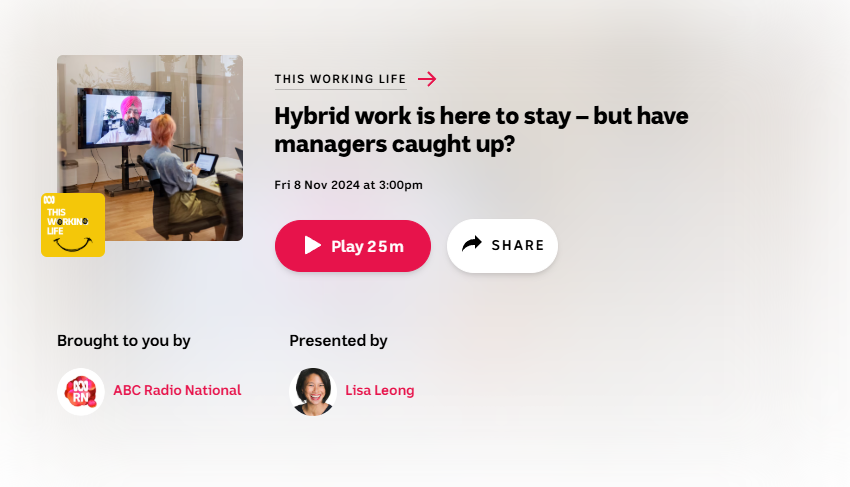Five Key Areas for AI Disruption in Insurance
With the advent of ChatGPT, Bard/Gemini and Co-pilot, Generative AI, and Large Language Models (LLMs) have been thrust into the spotlight.
AI is set to disrupt all industries, especially those that are predominately based on administrative support, legal, business, and financial operations, much like insurance and financial organisations.
“It is not the strongest species that survive, nor the most intelligent, but the ones most responsive to change." – Charles Darwin.
Charles’s quote has been summarised a lot in more recent culture, as “adapt or die”, harsh, but true. The first companies to not only integrate AI into their operations, but who leverage it to produce game changing results, will accelerate far ahead of their competitors.
The big consultancies have been throwing around predictions for AI in the insurance industry for the last few years. Interestingly enough, all publicly available figures are pre ChatGPT, which as we know was a pivotal moment in the use of AI in the workplace:
- 60% of insurers believe AI could cut operational costs by at least 15%. (Source: Accenture in 2020)
- AI could lead to cost savings of 26.7 billion dollars in the insurance industry. (Source: Capgemini in 2020)
- AI could contribute $1.1 trillion to the global insurance industry by 2035. (Source: Infosys in 2020)
- The use of AI-driven chatbots could save the insurance industry $1.3 billion annually by 2023. (Source: Juniper Research in 2019)
- By 2024, more than 60% of auto insurance carriers will rely on AI for automated claims processing. (Source: Gartner in 2020)
As AI technology is rapidly changing, how much have these figures changed? Where will you focus to get your best bang for buck, balancing out your appetite for risk, and money to spend?
Five key areas
We’ve listed our five key areas when considering where to invest your time. These areas aren’t anything new, we’re not claiming to be revolutionary. Insurers have been looking to improve and automate as many processes as they can for some time now, with the availability of AI as another technology choice to do so.
Customer Service Chatbots
AI can be available 24/7 unlike us humans. With 100% availability, customers can solve their simpler queries by having a conversation with your trained chatbot. This can improve customer experience with reduced waiting times and more readily available information.
Chatbots can be used for supporting internal customer support staff, acting as a faster way to get to the information they’re looking for with a customer query, as well as potential solutions.
Fraud Detection
Identify patterns, detect anomalies, and flag suspicious behaviour. Flagged actions, outlying all the areas that have been highlighted as a risk can be sent to your team to take the appropriate next steps.
Customised Products
Have an advantage over your competitors with customers only paying for what they need. Premiums can be assessed alongside more enriched data sources, balancing risks related to a customer. Repetitive underwriter workflows can be automated, reducing the pressure more customised products can have on their workload.
Claims Processing
Analyse and review vast amounts of data from various sources, including unstructured data like images, notes, and other content. This capability allows for a more nuanced understanding of claims, leading to more accurate processing.
Forecast potential results, set rules where it can be automated, and rules where it requires intervention. Information and forecasts can be presented for the reviewer to settle the claim.
Application Modernisation
The impact of AI across developer productivity has been extraordinary. The legacy code at the core of many key applications represents a significant challenge to the evolution of enterprise systems.
It’s almost impossible to find developers with the skills and domain knowledge required to bridge between and replace legacy systems. AI provides modernisation teams with the tools they need to deeply understand old code bases and quickly translate them into modern languages and architectures.
Where to Start
Last year, IAG reported to have saved the company 150,000 work hours by deploying “bots”, a combination of both software automation, and AI. 150,000 hours roughly equates to 85 staff for an entire year, that’s a large portion of their workforce able to focus on more important tasks.
What piece of the pie do you want to carve out in this new world? Can you as an organisation risk being disrupted? What is your risk vs reward tolerance? How much are you willing to spend and do you have the capacity and capability?
We have worked with clients in identifying opportunities, structuring business cases, and well as facilitating hackathons in support of this technology. This combined with rapid prototyping puts customers in a position to start immediately realising benefits and learning how this all hangs together.
Leveraging existing LLM’s like ChatGPT is a low touch, low risk, and low-cost solution allowing you to start small and learn from the experience. We’ve worked alongside our customers on an LLM review aggregator available directly to customers, as well as creating AI assistants, working alongside their staff.
Building your own custom models will allow you to do more things, have more control over your data, but it does come at a higher price tag. Is your data even AI ready?
Are you still on legacy and outdated systems which you need to first take the time modernising? Are you riddled in technical debt? Can AI help you clean up and modernise those systems?
Whatever you do, don’t wait to get started, you don’t want to be the last to adopt.
Share This Post
Get In Touch
Recent Posts





